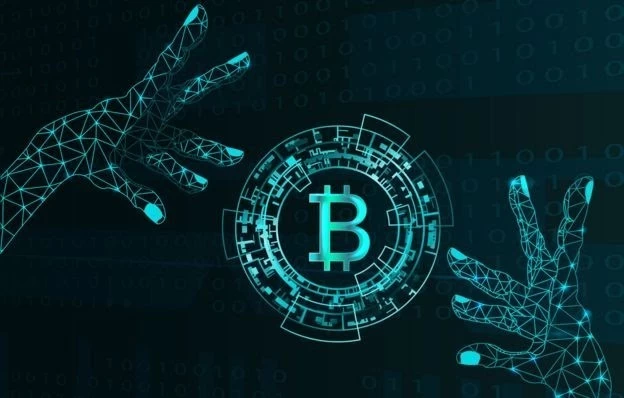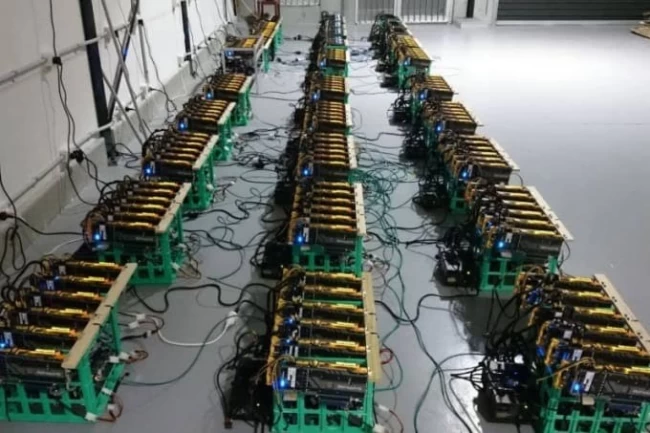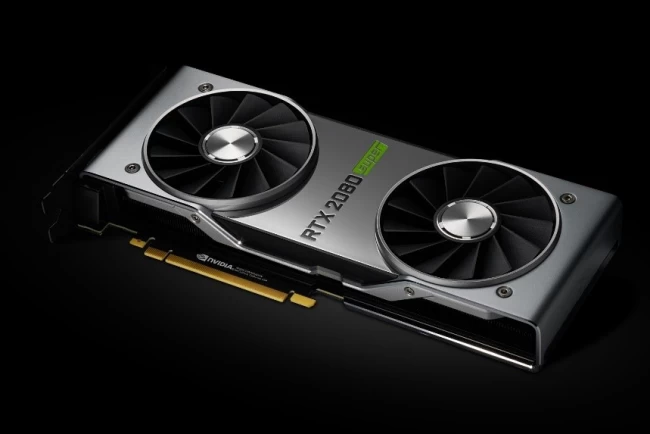List of content you will read in this article:
Cryptocurrencies have been around for just over a decade, but they are still quite foreign to most internet users. When we think of currencies, we think of fiat money such as dollars, euros, pounds, or pesos but never digital items. Nowadays, however, we don’t even need to touch physical money to perform payments. All that is needed is a bank account and a valid credit card.
The problem with fiat currency is that a country’s government controls the entire supply. Therefore, its value is also completely under the government’s control. Some people had an issue with this centralized system and wanted to create a currency where no single entity would fully control it. Thus the idea of cryptocurrencies was born. Although the first anonymous cryptographic electronic money dates back to the early ’90s, the first decentralized cryptocurrency, bitcoin, was created in 2009.
What is Cryptocurrency?
Although Blockchain, the technology behind cryptocurrencies, is quite complex, the idea is pretty easily understandable. A cryptocurrency is a new form of digital money that uses cryptography to secure and verify transactions and control the creation of new units of a particular cryptocurrency.

The most important feature of a cryptocurrency is the lack of control by any central authority. It makes cryptocurrencies theoretically immune to the old way of government control and interference. All of this is possible through the utility of Blockchain technology
In most simple terms, Blockchain is a chain of blocks where the blocks are data, and the chain is a public database.
As a new transaction is completed using a cryptocurrency, its details such as time, amount, and sender/receiver are stored in blocks of data and added onto the end of a chain. This transaction is considered anonymous since the only sender and receiver info written into blocks are their public keys, which are not officially tied to their name or identity.
However, the chain part of a blockchain is not a traditional database where it is saved on a server somewhere. A copy of this database is saved and constantly updated on each computer in the Blockchain’s network. All the transactions done with a cryptocurrency must be verified by this network of computers (a.k.a. nodes) before it is officially added into a block and sent to the Blockchain.
Why are Cryptocurrencies so Famous?
- Many people see cryptocurrency as the future, and they also look to buy them as these currencies are becoming valuable every day.
- Cryptocurrencies can remove the central bank from handling the money supplies as many people believe that these banks decrease the value of money through inflation.
- The technology of cryptocurrency is Blockchain because it is a decentralized recording and processing system, so it is more secure than other payment systems.
Best Cryptocurrencies
Here is the list of best cryptocurrencies available with their market capitalization:
|
Cryptocurrency |
Market Capitalization |
|
Cardano |
$28.3 billion |
|
Ethereum |
$222.3 billion |
|
Tether |
$33.1 billion |
|
Bitcoin |
$969.6 billion |
|
XRP |
$24.4 billion |
|
Polkadot |
$28.1 billion |
|
Bitcoin Cash |
$13.1 billion |
|
Litecoin |
$15 billion |
|
Chainlink |
$13.3 billion |
|
Binance Coin |
$30.5 billion |
What is Cryptocurrency Mining
For easy understanding, we will use bitcoin as the cryptocurrency of choice for this example. For completing any bitcoin transaction, it must be first verified by the network. It is done by completing a complex cryptographic puzzle that “hashes” the block before adding it to a blockchain. This process is called cryptocurrency mining and requires a lot of computing power.
One of the interesting things about mining is that the difficulty of the puzzles is constantly increasing, correlating with the number of people trying to solve it. So, the more popular a certain cryptocurrency becomes, the more people try to mine it, the more difficult the process becomes.
Mining is an investment that can be used to make a profit. The more computing power a miner can accumulate, the higher their chance of solving the cryptographic puzzles. If a miner manages to solve one of them, they receive a reward and the transaction fee.

Back when cryptocurrencies were new and just appearing on the market, this could all be done with only a normal computer or even a powerful laptop. As a cryptocurrency becomes more popular, mining becomes harder, and the reward you receive for hashing a block gets smaller. With the popularity of Bitcoin, its mining can only be profitable if you are willing to buy lots of industrial-grade mining hardware.
Types of mining
There are two types of mining rigs you can set up as there are two components in a computer that can be used to execute complex operations. They are the central processing unit (CPU) and the graphics processing unit (GPU). They have both been used. However, CPU mining is almost obsolete as it is way slower than GPU mining.
CPU Mining

It is mining cryptocurrency using a computer’s CPU to perform computational algorithms to hash blocks. However, this mining method is nearly dead because nowadays, people are recommending other mining processes as they are fast and reliable. So let’s have a little information about the pros and cons of CPU mining:
Pros of using CPU mining:
- A CPU mining rig is not as expensive as it can be done with a regular PC.
- It is easy to mine new altcoins with a CPU.
Cons of CPU mining:
- It is the slowest form of mining and thus nearly obsolete.
- It has a very low hash rate.
- Not very profitable as it is slow.
GPU Mining

This process uses graphics cards to complete cryptographic puzzles. It is the most commonly used mining technique for bitcoins and other popular cryptocurrencies. There are various pros of using GPU mining in the system, but there are some cons as well. So let’s see the major pros and cons of using GPU mining.
Pros of using GPU mining:
- A much-improved hashing rate when compared to CPU
- Can mine a wide variety of cryptocurrencies that have differing hashing algorithms
- The most profitable when done properly
Cons of CPU mining:
- Very expensive
- Creates a shortage of GPUs on the market for consumers
Considerations when Mining
If you wish to build your powerful mining rig, some things need to be taken into consideration. Don't forget that this is an investment, and thus, there are chances that you will never even make a profit.
Hash Rate
It refers to the total number of hashing calculations that the mining hardware can handle every second while mining. The higher it is, the better chances you have at securing and verifying a transaction, thus making money. The hash rate is commonly measured in terms of megahashes (MH/s), gigahashes (GH/s), and terahashes (TH/s) per second.
Hardware Pricing
It is easy to get lost in the moment and try to build the most powerful mining rig possible, however, do not forget that efficiency, not power, is key. If you want to get the highest chances of an ROI (return on investment), the mining rig's cost should be proportional to the expected profits.
Energy Consumption
Cryptocurrency mining is a process that consumes a lot of power, and thus, electrical costs are always higher. Therefore you should watch out how much your rig will consume in comparison to the expected ROI. To find out this figure easier, take the hash rate, and divide it by your hardware's energy consumption in watts.
Hardware for Cryptocurrency Mining
Now we will dive a bit deeper into how to build a mining rig. This is in no way a tutorial but should give a slight idea of what is needed to set one up.
Motherboard
Based on this decision, you will have to get the other parts as they must be compatible with the motherboard. It will determine the kind of CPU to use, the number of GPUs you can add, and the memory limit. To check if the CPU and your MOBO are compatible, use the Part Picker tool for PCs. A good MOBO for mining rigs should have the capacity for at least 6 GPUs.
CPU
Since we are talking about building a GPU mining rig, the CPU choice is not that important. Almost any reasonably modern multicore CPU will do the job well enough, along with 4 to 8 GBs of RAM. If you have a few processors laying around, this may be a good time to make us of that old dual-core Celeron or Pentium.
Graphics Card
This is the most important part of a mining rig; thus, you will need a good one, and actually, way more than one. As of August 2020, the most efficient cards for cryptocurrency mining are Nvidia’s GeForce GTX1070 and AMD’s RX 480 for their low prices and good fastest ROI (if you can find them at their MSRP).
Power Supply
Make sure that the power supply you are getting for your mining rig is up to the task, as having multiple graphics cards takes up lots of power. A general recommendation is going 1500W and higher for the power supply if you are building a full rig.
Conclusion
So this was the complete information on cryptography with all of the required details about cryptocurrency mining. We hope that you got all of the key factors regarding cryptocurrency mining and if you like this guide, then please visit our official website to learn more. We also offer multiple services like DNS services, VPS hosting, Web hosting, dedicated services, and many more, so if you are interested, then do check out our Monovm website.
